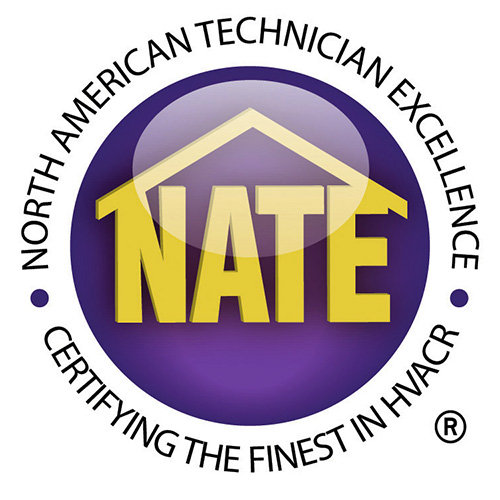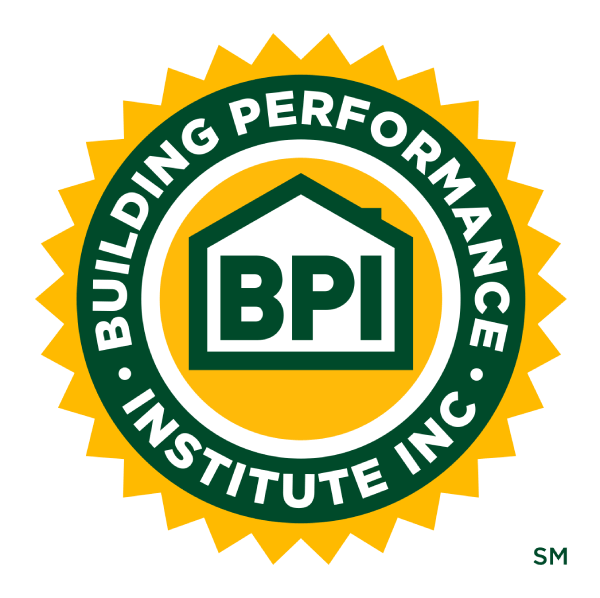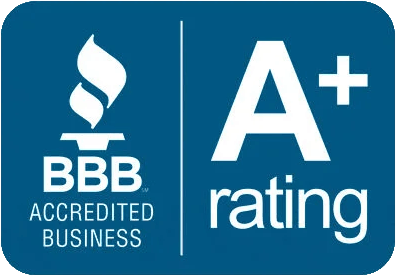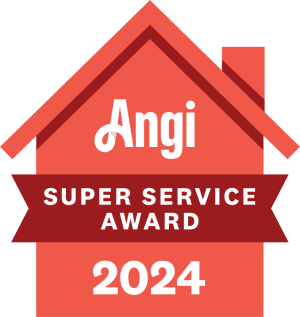If you’ve watched a ductless mini split hum through a muggy August or a frosty dawn and wondered how it keeps you comfortable, you’re not alone. Inverter-driven, variable-speed heat pumps have changed the comfort game, especially where ductwork is impractical or zoning beats one-size-fits-all.
Misconceptions remain though, when weather hits the edges. Do mini splits quit in deep cold? Do they struggle in heavy humidity? Here’s a user-first guide that separates physics from folklore and helps you make confident decisions.
A quick thesis before we get specific: modern ductless systems perform impressively in extremes when they’re sized correctly, paired with the right outdoor unit, and installed with care for defrost, drainage, line-set limits, and airflow. Get the design right, and your mini split becomes a four-season workhorse.
At What Temperature Do Ductless Mini Splits Become Inefficient?
Efficiency isn’t a cliff; it’s a curve. As outdoor temperatures fall, available heat drops and the compressor works harder, so your COP slides. “Inefficient,” however, is relative to your home’s load and the unit’s low-ambient capacity.
- Standard vs. cold-climate units: Typical ductless systems provide reliable heat down to ~5–20°F, with tapering capacity. Cold-climate models (“hyper-heat,” “low-ambient”) sustain meaningful capacity to -5 to -13°F and sometimes lower.
- Rated vs. real capacity: Nameplate heating is usually at 47°F. At 17°F and below, every unit loses capacity; better models publish strong low-ambient data.
- Your true limit—the balance point: The problem isn’t a number on a chart; it’s when your heat loss exceeds the unit’s reduced low-ambient capacity. Below that, it still heats—just not fast enough without help.
- Right questions to ask: What’s your local design temperature? What’s your Manual J heat loss at that temp? Does the selected unit’s subfreezing capacity meet or beat it?
- Takeaway: “Inefficient” equals mismatch, not myth. Match capacity to load and you’ll be comfortable without drama.
How Does Extreme Cold Affect a Heat Pump’s Performance?
Cold throws three challenges at any heat pump—capacity shrinkage, frosting, and compressor protection. Good equipment and smart installation handle them.
- Capacity shrinkage: Colder air yields less heat per pass; the compressor ramps up. Expect longer, steadier cycles (good for efficiency) and supply air that feels gentler than a furnace blast.
- Defrost cycles: In humid cold, frost builds on the outdoor coil. The system reverses briefly to melt it. Quality controls dim indoor fan speed, so you don’t feel a chill. Clean drainage and elevated stands keep meltwater from refreezing.
- Crankcase protection: Low-ambient kits, crankcase heaters, and smart algorithms safeguard oil and compressors on bitter mornings—standard on serious cold-climate models.
- Installer decisions that matter:
- Mount high and plan for snow clearance.
- Keep line-set lengths and bends within spec.
- Size via a Manual J—avoid short-cycling oversize or underpowered undersize.
- Mount high and plan for snow clearance.
- Real talk: Many “heat pumps don’t work in the cold” stories are really “wrong model installed without a snow strategy” stories.
Are Ductless Mini Splits Effective During Extreme Heat And Humidity?
Yes—when designed for both temperature (sensible) and moisture (latent) loads. High heat plus swampy humidity is a two-front battle; variable speed and smart airflow win it.
- Variable-speed modulation: Inverter compressors run longer, gentler cycles that keep coils cool enough to dehumidify without icing.
- Fan and coil control: Multiple speeds and smart modes slow airflow to remove moisture when dew points soar.
- Dry/Dehumidify modes: Many heads prioritize latent removal for sticky evenings; not a whole-home dehumidifier, but a real comfort boost.
- Where designs go wrong:
- Chasing SEER without considering latent capacity.
- Oversizing indoor heads—fast temperature drops but clammy rooms.
- Poor placement and throw—microclimates across seating areas.
- Chasing SEER without considering latent capacity.
- Pro moves for “sauna summer” comfort:
- Target 45–55% indoor RH in peak humidity.
- Address envelope leaks and interior moisture loads (cooking, showers).
- Consider a supplemental dehumidifier in very wet homes to let the mini split focus on temperature.
- Target 45–55% indoor RH in peak humidity.
Do Ductless Systems Require a Supplemental Heat Source in Freezing Climates?
Sometimes. It depends on your design temperature, building envelope, and chosen outdoor unit.
- You likely won’t need backup if:
- A cold-climate unit’s low-ambient capacity meets your Manual J load at design temp.
- Your home is insulated and air sealed, with controlled infiltration.
- You’re fine with smaller night setbacks in deep cold.
- A cold-climate unit’s low-ambient capacity meets your Manual J load at design temp.
- You may want backup if:
- Loads are high (older windows, leaky envelope, cathedral ceilings).
- You prefer very warm supply air feel on arctic mornings.
- Outage risk is real and you want non-electric heat.
- The unit’s subzero capacity can’t quite match the calculated load.
- Loads are high (older windows, leaky envelope, cathedral ceilings).
- Common backup strategies:
- Dual-fuel (hybrid): Pair with a furnace; controls choose based on temperature or cost.
- Electric baseboards/radiant panels: Simple “seatbelts” used rarely.
- Pellet/wood stove: Cozy, grid-independent core-zone heat.
- Dual-fuel (hybrid): Pair with a furnace; controls choose based on temperature or cost.
- Bottom line: With the right gear and envelope, many homes don’t need backup. Still, inexpensive backup can be cheap insurance in polar-vortex country.
Quick Field Notes: Getting Mini Splits Right in the Extremes
- Load first, equipment second: Do a real Manual J. Guessing leads to hot/cold complaints.
- Pick the right outdoor unit: Look for published subzero capacity and low-ambient credentials.
- Mind defrost and drainage: Elevate the outdoor unit, direct meltwater, and keep paths clear.
- Control the controls: Avoid big setpoint swings in winter; favor longer, lower cycles for summer humidity.
- Respect placement: Aim indoor heads for coverage and comfort, not just wall convenience.
- Have a plan for rare extremes: If a once-a-year cold snap overwhelms capacity, know your temporary backup approach—and relax.
Four-Season Comfort, Zero Guesswork — Ductless Done Right by Horne Heating & Air Conditioning Inc.
Ready for a home that stays calm through heat waves and hard freezes? We’re all about results you can feel. Our team at Horne Heating & Air Conditioning Inc. matches your space to the right cold-climate outdoor units, dials in airflow for real dehumidification, and sets smart controls that save energy while keeping temps steady.
We handle the details from line-set specs, snow clearance, drainage paths, and coverage angles, so your mini split runs quietly, efficiently, and consistently. Schedule your appointment with us now, and we’ll turn ductless into your most dependable comfort upgrade.
















